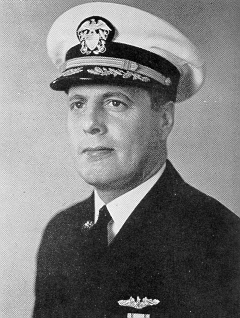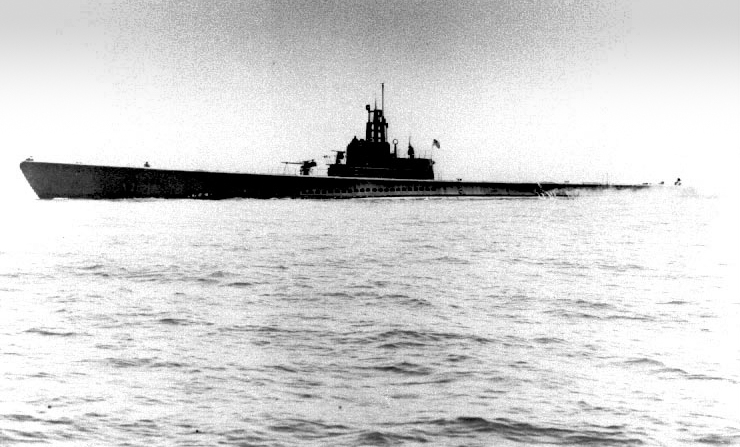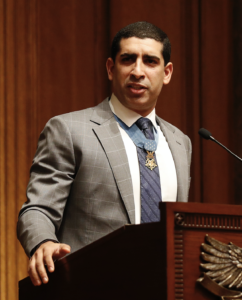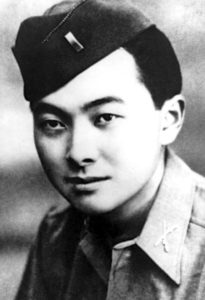
Sculpin left Pearl Harbor for her ninth war patrol on November 5, 1943 with Captain John Cromwell aboard. Two weeks later she would be lost, a loss that went unrecognized for 10 days and the truth of which would not be discovered until years after the fact.
At the beginning of World War II, John Cromwell was on the staff of Commander, Submarines Pacific, running Submarine Divisions 203 and 44. He had served in a number of ships at that point in his career and was an experienced officer. Following promotion to captain, he went to sea in Sculpin as prospective commander of a mid-Pacific submarine wolf pack (a small group of submarines all hunting enemy ships together).
After refueling at Johnston Island on November 7, she headed to her assigned station northeast of Truk. On November 29 Cromwell was ordered to activate his wolfpack. No acknowledgement came from Sculpin. She was, correctly, assumed to have been lost, but the story about what had happened to her would only come out years later from American POWs who had been picked up by the Japanese destroyer that sank her.
It was while heading to their duty station near the Imperial Japanese stronghold of Truk that Sculpin was seen by the destroyer Yamagumo. The destroyer pounded the sub with depth charges. Despite Sculpin’s valiant efforts to escape, and then to engage the destroyer in a gunfight, the sub was fatally damaged. The gunfight killed the Sculpin’s commanding officer and a number of the crew. The ship’s senior surviving officer, Lieutenant George E. Brown, gave the abandon ship order and ordered Sculpin scuttled. Cromwell now faced a serious dilemma.

In the Autumn of 1943, the United States had completed its invasion of the Solomon Islands and was preparing to invade the Gilbert Islands in the Central Pacific. As a senior officer of his task force Cromwell alone knew of the Navy’s plans. More importantly, Cromwell possessed vital knowledge about the Navy’s success in deciphering Japanese codes. Capturing him would have been an unimageable intelligence coup for the enemy.
Knowing this, Cromwell made up his mind: he would go down with the ship. He “stoically remained aboard the mortally wounded vessel as she plunged to her death. Preserving the security of his mission.”
Cromwell was awarded the Medal of Honor for this series of events that all took place on November 19, 1943. He was the most senior submariner awarded the Medal of Honor in World War II and one of the three submarine officers who received the Medal posthumously.
Cromwell had been born in Henry, Illinois, on September 11, 1901 and graduated from the U.S. Naval Academy with the class of 1924.



